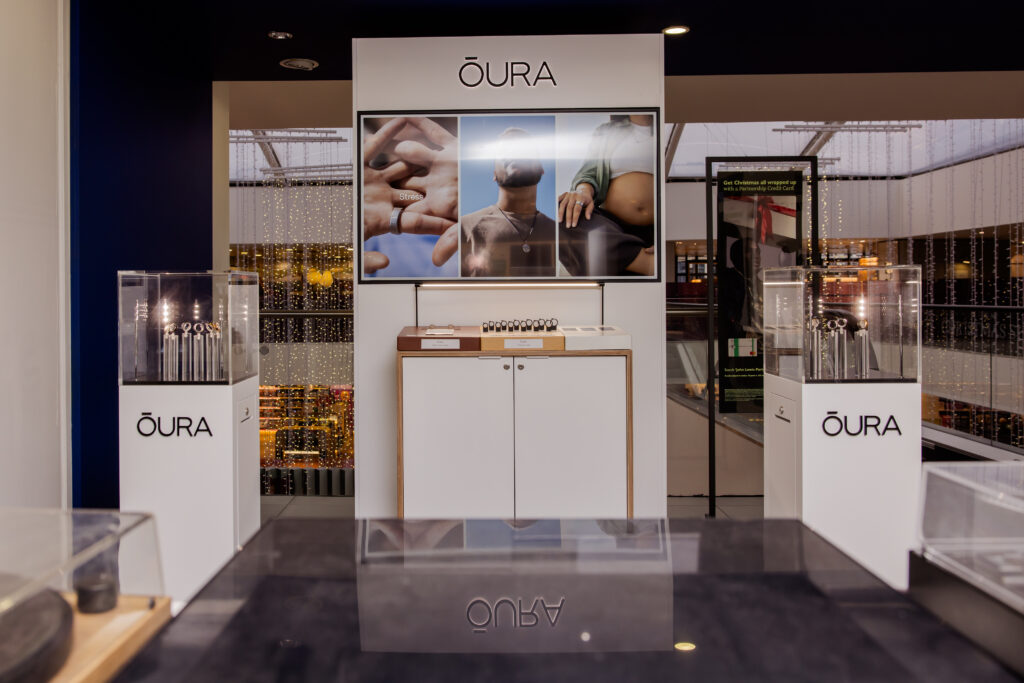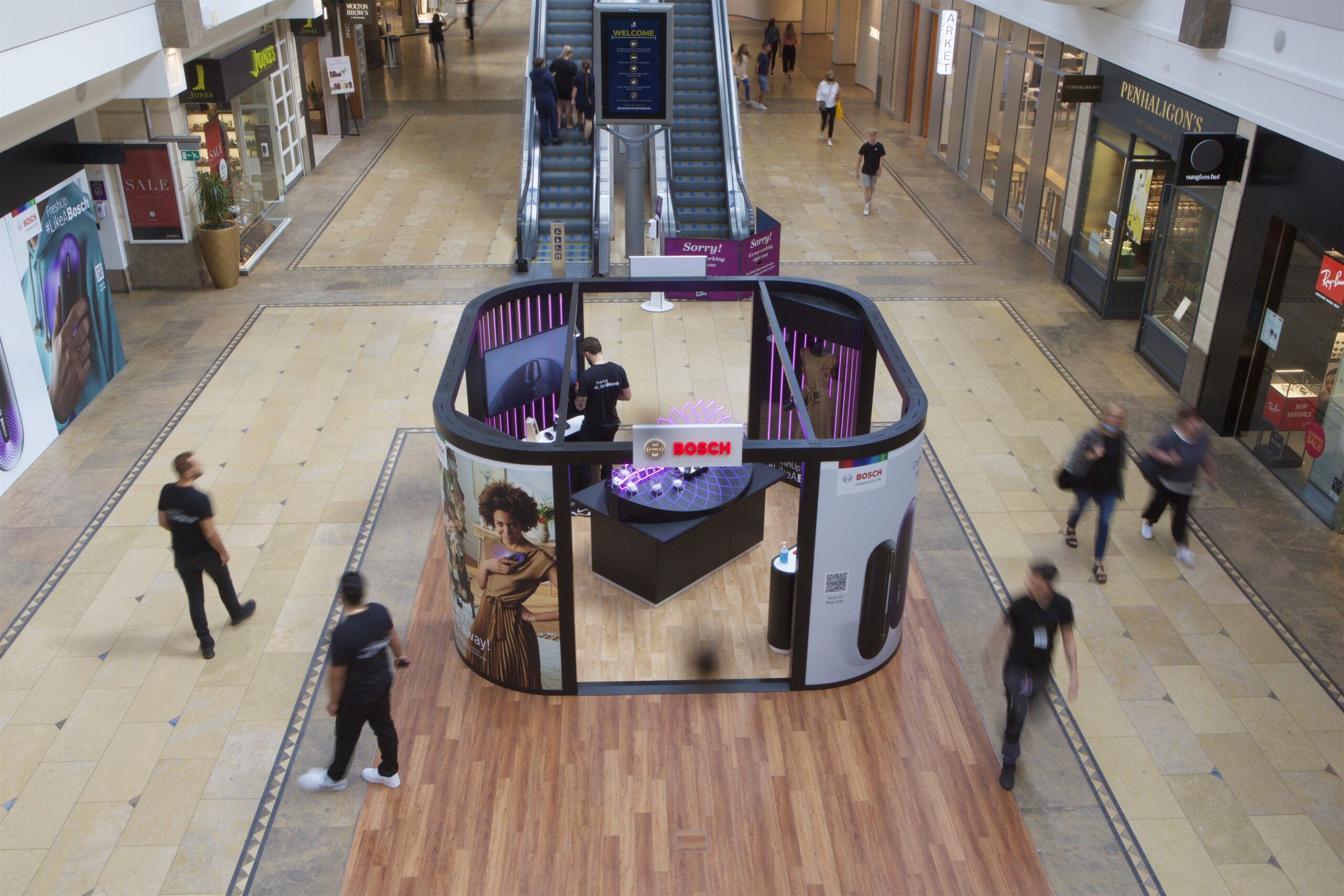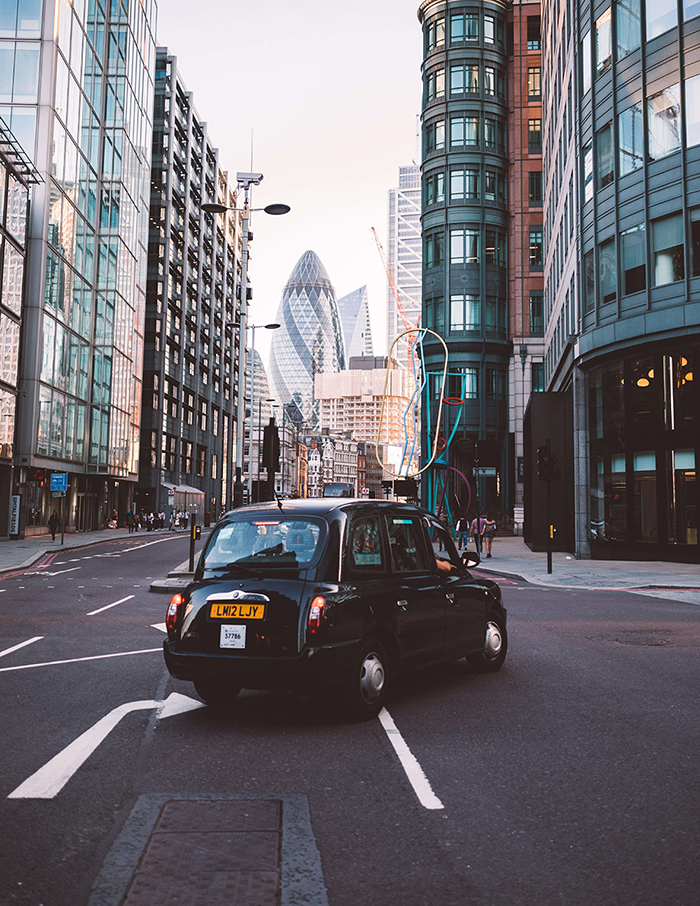Brick-and-mortar stores remain a vital touchpoint for customers in an increasingly digital world.
Thoughtfully designed retail spaces do more than showcase products – they create experiences that enhance engagement, increase spending and foster long-term brand loyalty.
As consumer expectations evolve, retail design must go beyond aesthetics and embrace a strategic approach that blends functionality, psychology and technology.
By integrating immersive elements, optimised layouts and digital enhancements, physical stores can remain powerful drivers of both revenue and customer connection.
Insights from the field
This article is a collaboration between ourselves, Field Sales Solutions and MyPlayer.
As part of the Marvesting group – a collective of specialist agencies driving brand growth through expert-led retail experiences, sales activations and consumer insights across Europe – At Stellar, we create seamless omnichannel retail experiences that connect brands with customers wherever they shop, and Field Sales Solutions builds high-performing field teams that deliver measurable impact on the shop floor.
In order to deepen our insights even further, we partnered with our industry friends at MyPlayer, who are experts in creating digital in-store marketing that captures consumer behaviour through their hybrid retail touchpoints.
The power of immersive store environments
Today’s customers no longer visit stores purely to shop – they seek memorable experiences.
A well-designed retail space has the potential to evoke emotions, build trust and encourage longer dwell times – All of which contribute to increased conversions.
Key principles of effective retail design include:
- Zoning and flow: Thoughtfully positioning key product categories and promotions to intuitively guide customers through the space.
MyPlayer data from flagship electronics stores in Germany and Austria shows that displays placed near store entrances generated 3x more interactions than those located elsewhere. - Interactive displays: Encouraging hands-on engagement, which has been shown to significantly boost purchasing intent.
According to MyPlayer, 78% of customers opted for interactive over static displays and these displays generated 9x longer dwell time.
By leveraging these elements, retailers can transform passive browsing into active engagement, ultimately driving higher sales.

Driving sales through strategic store layouts
A poorly planned store layout can frustrate customers and lead to missed sales opportunities.
A strategic approach to store design considers customer behaviour insights to enhance product discovery while subtly directing foot traffic toward high-margin items.
Incorporating real-time shopper insights ensures that product placements align with browsing patterns, leading to increased basket sizes and repeat visits.
From pathway design to fixture placement, every detail should support a seamless and engaging shopping experience.
80% of purchasing decisions are made in-store (source: POPAI) and strategic display placement, such as FSDUs, can significantly influence impulse purchases (source: Forbes).
Inadequate shelf availability can reduce sales by up to 43% (source: Nielsen), underlining the importance of field teams who ensure products are always stocked and correctly displayed.
Experiential retail: creating destinations, not just stores
Modern consumers crave experiences and physical retail must evolve beyond transactional spaces.
Experiential retail design transforms stores into destinations where customers connect with brands on a deeper level.
Key elements of experiential retail include:
- Live demonstration zones: Allowing customers to see, touch and test products, fostering higher confidence in purchases.
MyPlayer reports a 162% uplift in sales for products in live demo areas and a 50% increase in dwell time. - Personalised consultation areas: Dedicated spaces for expert guidance that enhance the customer journey and reinforce brand trust.
- Event and community spaces: Workshops, interactive sessions and brand activations that cultivate long-term engagement and loyalty.
In-store vending machines (e.g., Asda’s pilot with Müller’s Frijj milkshake) have driven sales uplifts of up to 50%, highlighting the potential of blending tech-driven sampling with experiential design.
By incorporating these elements, retailers can turn their stores into environments where customers want to linger, explore and return.
The role of digital integration in physical spaces
Technology continues to reshape in-store experiences, making digital integration a critical component of modern retail design.
Smart screens, interactive product guides and QR-enabled touchpoints create seamless transitions between physical and digital shopping journeys.
Some impactful digital enhancements include:
- Digital assistants: Interactive kiosks or mobile integrations that offer personalised recommendations.
MyPlayer found that more than 50% of shoppers prefer interactive kiosks for product suggestions over speaking to staff. - Augmented reality displays: Enabling shoppers to visualise products in real-world settings before purchase.
- Electronic shelf labels and AI-driven analytics: Enable more efficient, personalised and scalable in-store experiences across retail chains.
- Seamless checkout experiences: Reducing friction at the point of sale through self-checkout options and digital payment integrations.
When used effectively, technology enhances the in-store experience without overshadowing the human element, ensuring convenience and engagement go hand in hand.
Designing for brand loyalty and long-term engagement
Loyalty is built through positive in-store interactions – When customers feel valued, they are more likely to return.
Thoughtful retail design supports this by prioritising:
- Consistent brand identity: Cohesive signage, fixtures and visual elements that reinforce brand values.
- Customer comfort: Intuitive layouts and inviting environments that enhance overall satisfaction.
- Staff empowerment: Spaces designed for product education and training, enabling store associates to deliver exceptional service.
63% of shoppers say that personalised in-store experiences make them more likely to buy (source: Salesforce). Brands with active field teams also see 25% better compliance and 20% higher sell-through rates, thanks to improved execution and customer support.
The human touch: bringing retail to life
With all that being said, while retail design does play a pivotal role in shaping customer experiences, the people within the store ultimately bring it to life.
A well-designed space can attract customers but it is the product and brand experts who create meaningful interactions, build trust and drive conversions.
Engaged and knowledgeable staff enhance the shopping experience by providing personalised recommendations, product expertise and a welcoming atmosphere.
Their ability to connect with customers, answer questions and offer tailored advice transforms a passive visit into an engaging brand experience.
Moreover, when retail teams are aligned with the store’s design strategy – leveraging interactive displays, experiential zones and digital tools – they can maximise the effectiveness of these elements.
Well-trained staff not only facilitate seamless shopping experiences but also reinforce brand identity, ensuring that customers leave with a lasting impression that encourages loyalty and repeat visits.
A 2024 survey by CX Network found that 89% of consumers are more likely to make a purchase after receiving help from a knowledgeable in-store associate and 81% said human interaction makes them feel more valued as a customer (source: CX Network, 2024).
Conclusion
Retail design is more than just aesthetics – it’s about creating spaces that engage, inspire and convert.
Thoughtfully planned layouts, immersive experiences and digital integrations all contribute to a seamless and compelling shopping journey.
However, the true magic happens when design and people work together – a well-trained retail team can transform a great store into an unforgettable experience, ensuring customers feel valued, informed and eager to return
By combining strategic design with the human touch, retailers can create spaces that not only drive sales but also build lasting brand loyalty – turning every visit into an opportunity for connection, engagement and long-term success.
Want to turn your retail space into a destination customers return to?
At Stellar, we design retail experiences that do more than look good – they drive engagement, boost sales and build lasting loyalty.
From product expert teams to retail design and implementation, we create omnichannel solutions that help brands create stores that connect, convert and perform.
Let’s talk about how we can bring your space, and your brand, to life!

